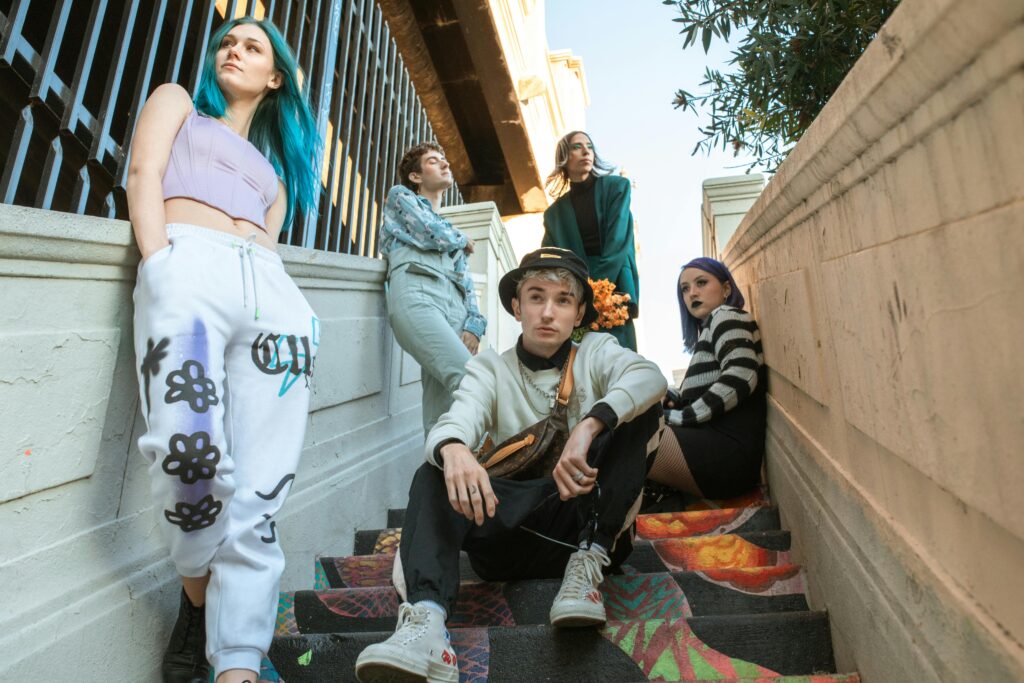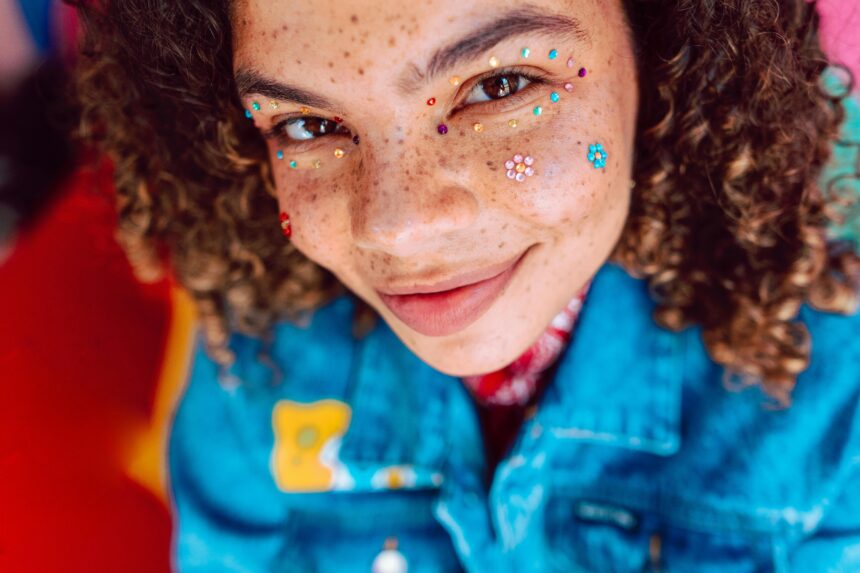TikTok is shaping youth culture worldwide, offering creativity, education, and social connection while also raising concerns about screen time, mental health, and privacy. This article explores the positive and negative effects of TikTok on young people in 2025, with insights on balancing digital engagement for healthier, mindful use.
TikTok can inspire creativity and connection, but mindful use is essential to protect youth from its hidden challenges.
Arsene Tuye
TikTok has rapidly become one of the most influential social media platforms in the world, especially among younger audiences. With its short-form videos, viral trends, and creative tools, TikTok offers both opportunities and challenges for today’s youth. While it can inspire creativity, learning, and social connection, it also raises concerns about mental health, screen time, and misinformation. This article explores the positive and negative effects of TikTok on youth in 2025, and what parents, educators, and teens should know.

Positive Effects of TikTok on Youth
1. Creative Expression
TikTok empowers young people to share their creativity through music, dance, art, comedy, and storytelling. It gives a platform to voices that might otherwise go unheard.
2. Educational Opportunities
Many creators share tutorials, study hacks, language lessons, career advice, and even mental health tips—making TikTok a hub for micro-learning.
3. Community & Social Connection
The platform helps youth connect with peers around the globe, fostering a sense of belonging and cultural exchange.
4. Entrepreneurship & Career Growth
Teens and young adults can build personal brands, market small businesses, and even launch careers through TikTok’s reach.
5. Empowerment & Awareness
TikTok spreads awareness about important social issues, motivating youth to take part in discussions on equality, climate change, and wellness.
Negative Effects of TikTok on Youth
1. Addiction & Screen Time
TikTok’s algorithm is designed to keep users engaged, which can lead to excessive screen time and reduced focus on schoolwork or offline activities.
2. Mental Health Concerns
Constant exposure to curated lifestyles, beauty standards, and viral challenges may cause anxiety, low self-esteem, or comparison-driven stress.
3. Exposure to Inappropriate Content
Despite moderation, youth may still encounter harmful or misleading content, including misinformation and unsafe challenges.
4. Privacy & Security Risks
Young users may overshare personal information or become targets of online predators and scams.
5. Reduced Attention Span
The short, fast-paced content style can affect concentration and make it harder for youth to engage with long-form content or deep learning.

Balancing TikTok’s Impact
- Parental Guidance: Encourage responsible usage, set screen-time limits, and use parental control features.
- Digital Literacy Education: Teach youth to recognize misinformation and practice critical thinking.
- Healthy Boundaries: Promote offline hobbies, sports, and face-to-face interactions to balance digital life.
- Positive Use Cases: Encourage following educational, motivational, and skill-based creators instead of purely entertainment-based accounts.
TikTok can inspire creativity and connection, but mindful use is essential to protect youth from its hidden challenges.
Arsene Tuye
TikTok is a double-edged sword for today’s youth, providing creative opportunities, education, and global connection, while also posing risks of addiction, anxiety, and misinformation. The key lies in balance: when used mindfully, TikTok can be a tool for growth and self-expression; when overused, it can negatively affect well-being. By promoting digital literacy, healthy boundaries, and positive engagement, parents and educators can help young people harness TikTok’s benefits while minimizing its downsides.












